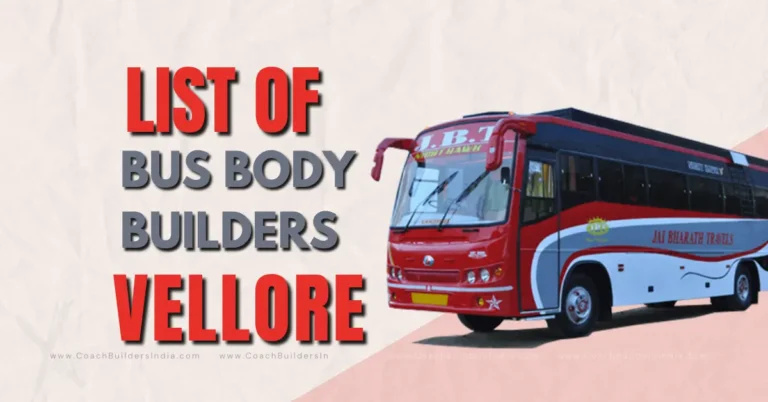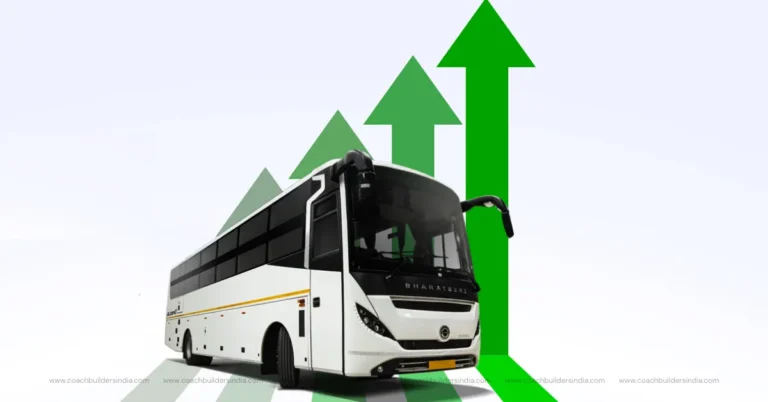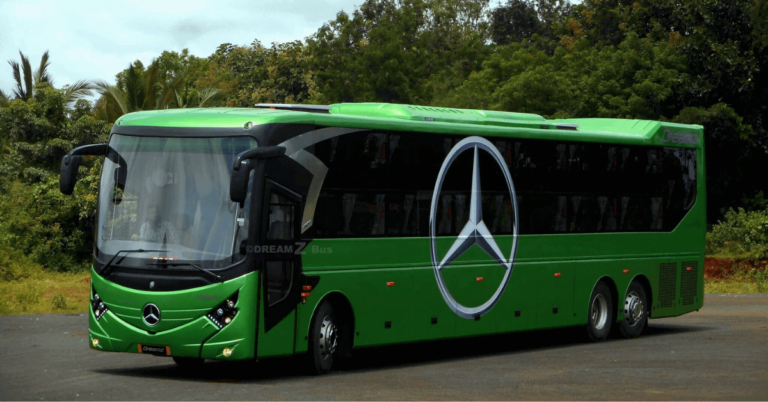Dynamic Analysis of a Bus Body Frame: Determination of Load and Stress

Owing to operational experiences, typical malfunctions of buses are mainly caused by cracks at different stress concentration points in the bus body frame. The fatigue is caused by stresses made by the dynamic, alternating in time and in space. These loads can have several sources.
Among them, one of the most dangerous can be the excitation occurring during travel, with the characteristics and intensity determined by the quality of the road surface. Further excitation comes from the inertial forces of the engine or the appliance of a badly dimensioned engine mount.
The Objective and the Methods of the Testing Analysis
The experiences up to now show that dynamic stresses on ta bus body frame can be calculated reliably only on a very detailed finite element model. The analysis of the transient impacts is extremely complex and the solution is time-consuming.
Owing to this reason, the process of the calculation should be carefully considered with the application of possible simplifications.
Determination of the stress-concentrating cross-sections causing stress peaks and fatigue on the bus body frame of the bus are possible with numerical methods as mentioned earlier. To do so, an appropriate dynamic and finite element model is needed.
The construction elements of the vehicle can be split into two groups from the aspect of dynamic behaviour:

The Dynamic Modelling of the Bus Body Frame
During the modelling, the front and the rear axles, the radius rod, and the track rod were considered as rigid bodies. The connections of the different elements were performed by revolute, cylindrical, and fixed joints. In the case of the connections of the anti-roll bar and the radius rod, bushing was used.
In the first model, the structure was considered a rigid body, whereas in the other three models as an elastic body.
In the case of the second structure, only the closed cross-section elements constituting the frame structure were built up. The applied closed cross-sections were in most cases square cross-sections but there were more individual bent profiles as well, which had to be modelled individually.
The bus body frame was divided into six parts by its structure: ground case, side cases, roof, front wall, and tailboard. The material density was selected in a way that the mass of the engine related and the connecting electronic devices (wires, radiators, etc.) were distributed smoothly on the frame.
The third model is a sophisticated version of the second model where the plates were taken into consideration as well.

Measurement Technique
To check the results of the simulation some measurements were carried out on the analyzed vehicle. During the measurement, the obstacle presented at the part of the dynamic simulation provided the displacement excitation on which the bus was driven with the constant velocity of 20 km h−1.
During the measurement, the vertical acceleration of the frame of the vehicle and the two sides of the engine brackets (on the side of the engine and on the side of the frame of the bracket) were measured by acceleration transducers.
To determine the strain and the stresses rising in the body the strain gauges were placed on the body frame at the point where according to the preliminary calculations high local stresses were expected.
Evaluation of Dynamic Simulation
The evaluation of the simulation results was carried out first according to the calculated and measured accelerations. While stresses being measured on the bus body frame appear only locally, the BEAM model applied to the dynamic simulation is not capable of determining these values accurately.
To resolve this problem, acceleration values were considered in the evaluation of the results. The detailed calculations on the finite element model – essential to local stress calculations and raising computation
time further – were also bypassed.
Conclusion
The reliability and applicability of the results gained from this method are verified by the stress measurements. This statement relates especially to cross-sections relevant to fatigue and stress
concentration.
On the real vehicle, more such cross-sections can be found, but measurement was only carried out in one case. Naturally, the suggested method is capable of determining all the stress concentration cross-sections and calculating the developed stresses in these places.
Catch the latest Bus Industry updates, Exclusive Interviews, Bus News, and International Bus News on Coach Builders India. Download the latest issue of the The Bus Insider magazine for more insights.






